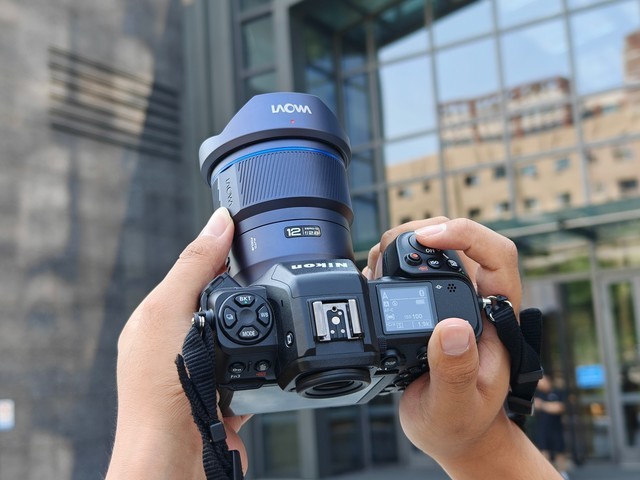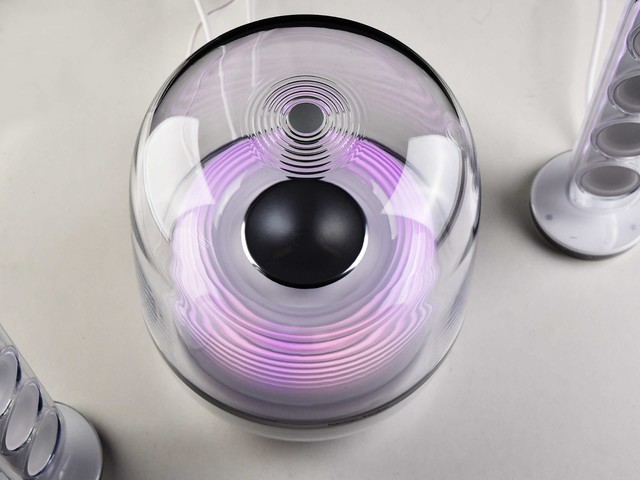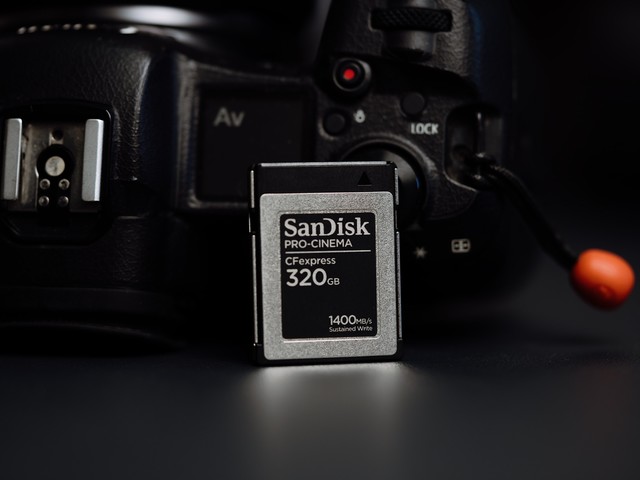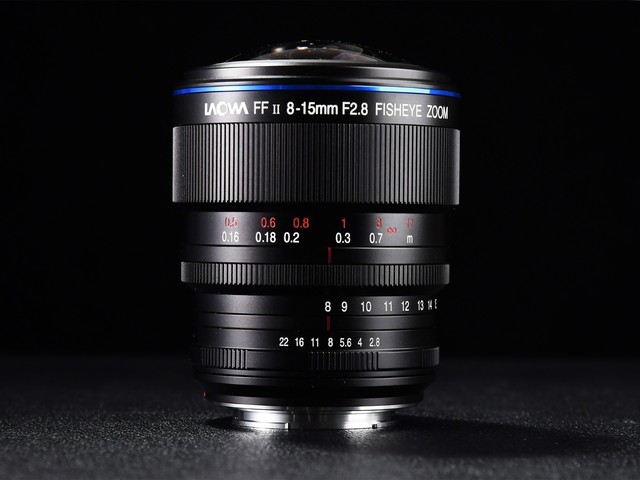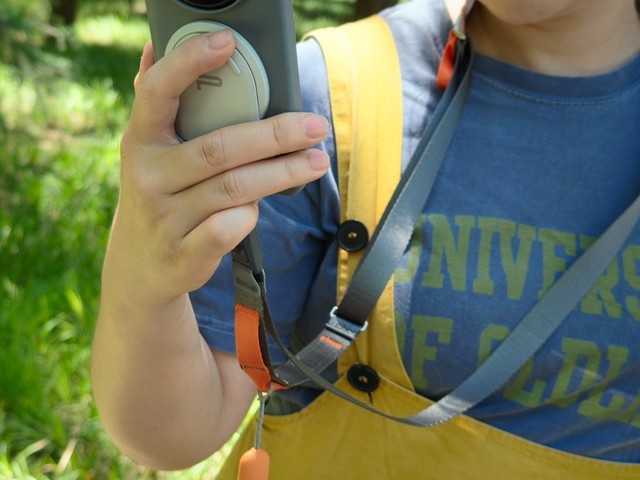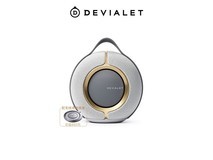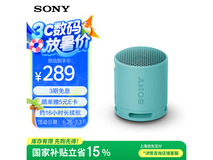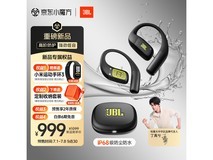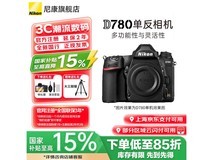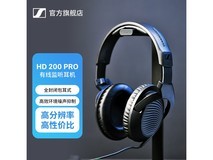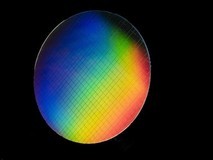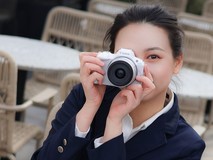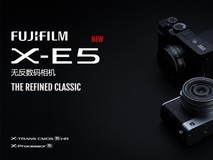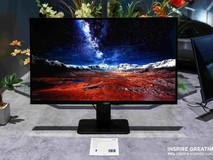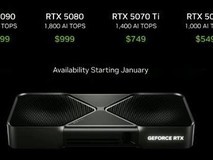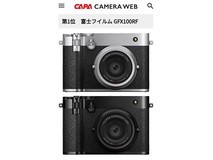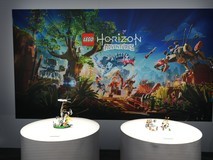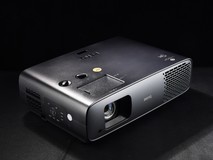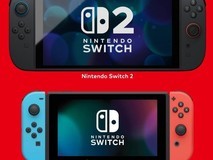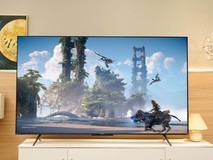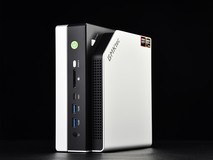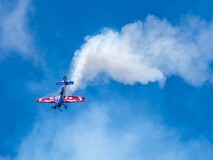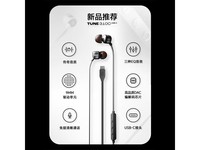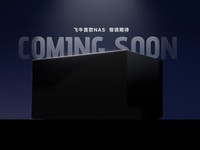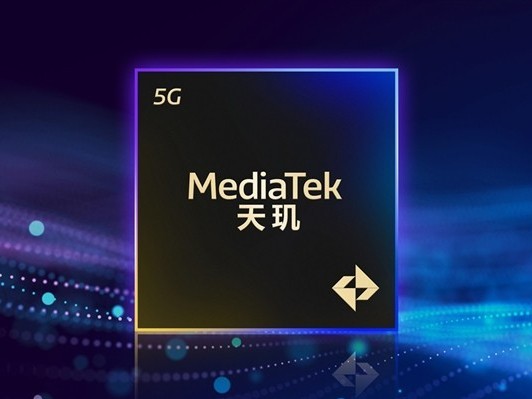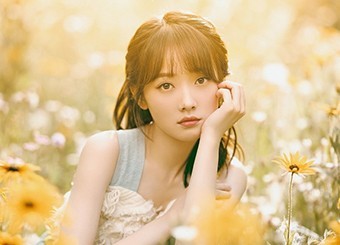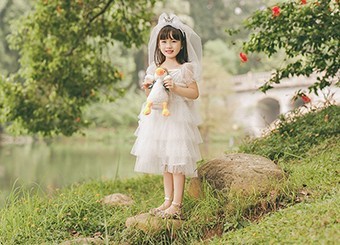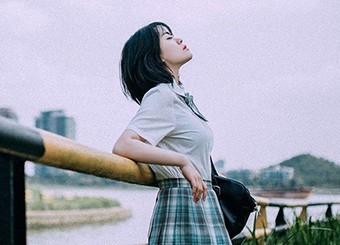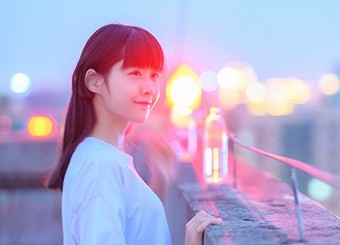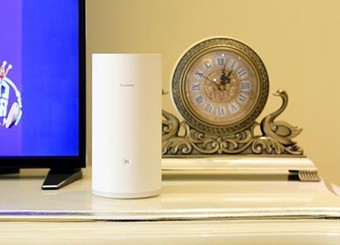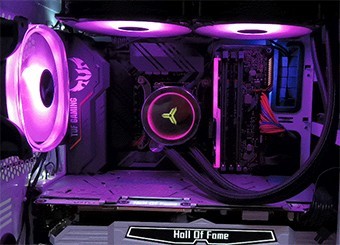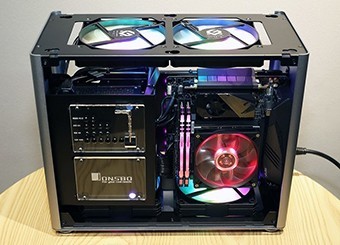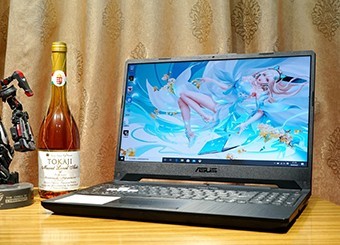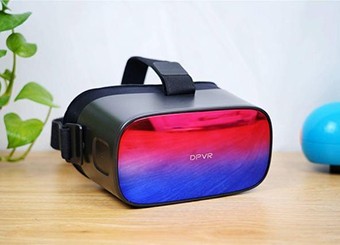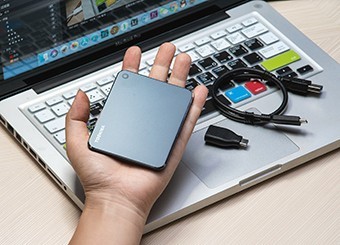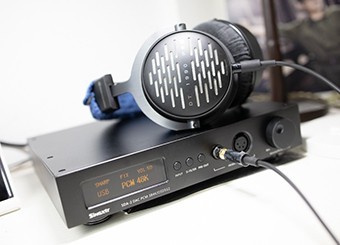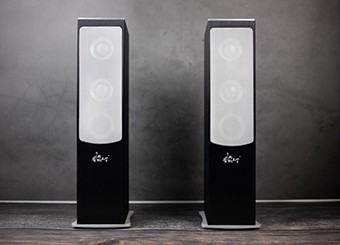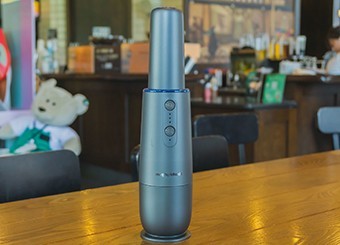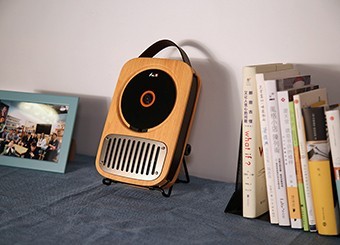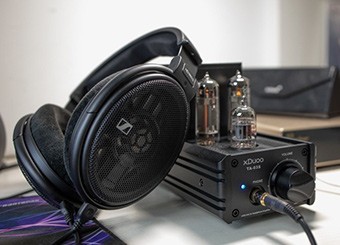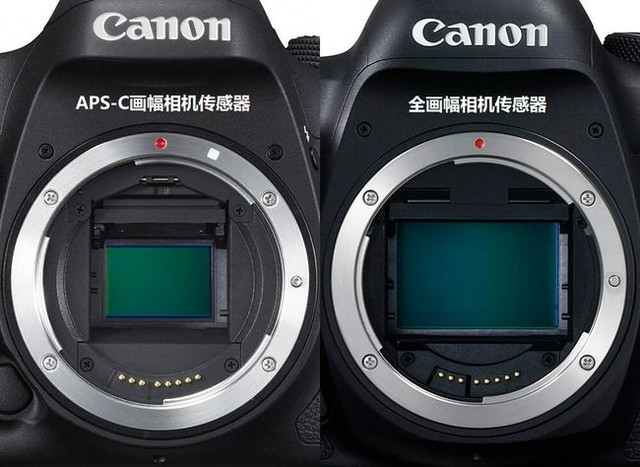
After talking about Kakou, we are finally coming camera A real core component - sensor. In the photographic circle, there is such a classic sentence that can not be in the classic "golden sentence" - "the bottom is bigger than the top". The "bottom" here is the so-called sensor. In today's article, we will discuss whether it is right to say that the bigger the camera sensor, the better?

Before talking about size, let's briefly understand the sensor on the camera. The image sensor on the camera is a component that converts optical signals into electrical signals. At present, there are two types of sensors commonly used: CCD (light-sensitive coupling device) and CMOS (complementary metal oxide semiconductor). The specific analysis of these two types is somewhat complicated, and this paper will not discuss them for the time being. In short, the cameras and mobile phones we use now are CMOS.
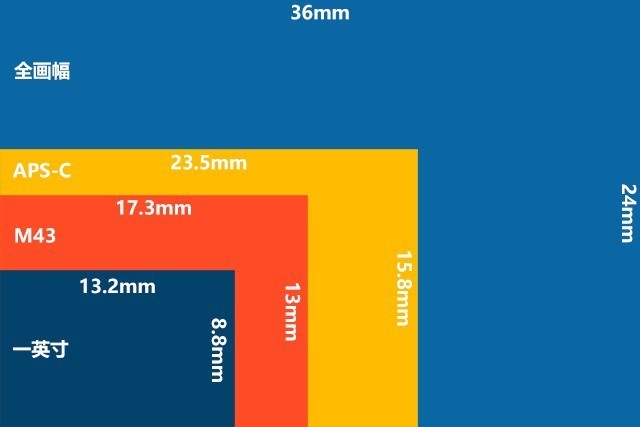
Size difference of different sensors
In the field of cameras, you may hear such nouns: one inch M4/3、APS-C、 For example, the sensor size of APS-C frame is 23.6mm × 15.7mm, while that of full frame is 36mm × 24mm.
From this point of view, the truth is very simple. For sensors with the same pixel, the smaller the sensor size and the smaller the area per unit pixel, the worse the ability to receive light signals, so the signal-to-noise ratio is reduced - the most direct feedback is the image quality, especially in the case of high sensitivity, the image quality degradation will be more serious. On the contrary, the larger the sensor, the better the quality of the picture and the richer the details. It can be said that the size of the sensor is one of the decisive factors of image quality.
But there is also a big premise for this point - the same technology and process level is the premise. Just as the CPU will have process and architecture upgrades, so will the sensor. For example, what you may see is just a 24 million pixel full frame sensor, but in fact, sensors with the same pixel will also have iterative development. There will be different models and different functions. It is not surprising that different generations of sensors with the same pixel have different image quality.
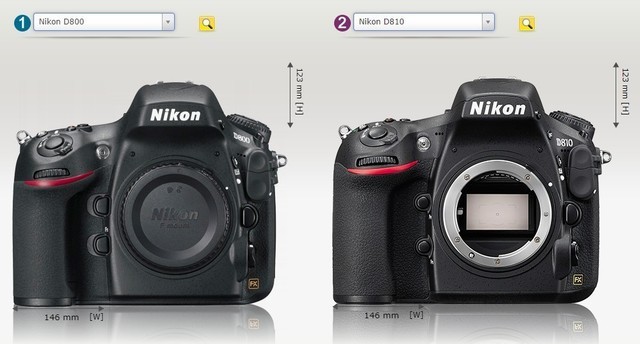
Although both D800 and D810 are at the level of 36.3 million pixels, they use different sensors, and the latter has better high sensitivity effect
In terms of technology, we believe that the most commonly heard technology is the backlight sensor, which is evolved from the traditional front lighting sensor. In the front lighting sensor, the photodiode is located in the circuit transistor At the rear, the amount of light entering will be affected by the occlusion, while the backlight sensor will turn the two positions, and the light will first enter the photodiode, thus increasing the amount of light sensitivity, and thus improving the shooting effect in low light conditions. The further is the stack sensor, but the stack sensor is more to improve the "speed" of the sensor, we will not talk about it here.
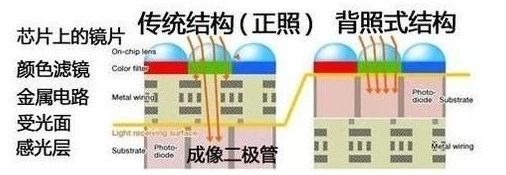
In fact, the author believes that "whether the larger the sensor is, the better" is more like a false proposition. It is unrealistic to talk about performance from the demand. For example, for users who just record their daily life, the full picture is already the ceiling, while those photographers who need to take photos of magnificent scenery, it is not appropriate to take a one inch card machine. In addition, APS-C frame and M4/3 system have their own cutting coefficient, which can help shooting certain subjects. In fact, in the final analysis, if you only look at the sensor itself, the bigger the better. After all, the image quality depends on the size of the sensor. But with the increasing trend of miniaturization, despite the price and demand factors, on the premise that the performance can meet the demand, for ordinary users with a larger base, who would not like "small and beautiful" products? What's more, with the strengthening of algorithms, "computational photography" has also become a new development trend. It is also a solution to make up for the shortage of hardware through algorithms.
This article is an original article. If it is reproduced, please indicate the source: Photography 101: Is the bigger the sensor, the better? https://dcdv.zol.com.cn/777/7776269.html
https://dcdv.zol.com.cn/777/7776269.html
dcdv.zol.com.cn
true
Zhongguancun Online
https://dcdv.zol.com.cn/777/7776269.html
report
two thousand four hundred and sixty-nine
After talking about the bayonet, we finally come to the sensor, a real core component of the camera. In the photographic circle, there is such a classic sentence that can not be in the classic "golden sentence" - "the bottom is bigger than the top". The "bottom" here is the so-called sensor. In today's article, we will discuss whether the sentence "the bottom is bigger than the bottom" is true or not, or whether the camera sensor is true ..




